Current situation and solutions
Continuous intensive cropping and traditional farming practices with high sowing, excessive fertilization and chemical spraying have led to high costs, soil degradation, environmental pollution and greenhouse gas emissions. The emission reduction rice farming model was born as an advanced solution, achieving efficiency, sustainability and environmental friendliness at the forefront.
Director of the National Agricultural Extension Center - Le Quoc Thanh (2nd from left) and Deputy General Director of Binh Dien Fertilizer Joint Stock Company - Phan Van Tam (3rd from right) and delegates visited and evaluated the rice fields with reduced emissions under the Central Agricultural Extension project implemented at Vinacam Hon Dat Agricultural Cooperative.
Deputy General Director of Binh Dien Fertilizer Joint Stock Company - Phan Van Tam shared: "Based on the success of the smart rice cultivation program adapting to climate change, we implemented this project with the support of agricultural extension centers, scientists and businesses in the rice production chain. The project has achieved proud results, helping farmers reduce costs, increase income and reduce greenhouse gas emissions".
Economic and environmental efficiency
The project has demonstrated outstanding effectiveness in reducing investment costs. The amount of seed sown has been reduced by 30-84 kg/ha, the amount of fertilizer has been reduced by an average of 34.8% nitrogen, 30% phosphorus and 20% potassium. The number of times pesticides have been sprayed has been reduced by 1.81 times, equivalent to a 22% reduction in costs.
Delegates visited and evaluated the solution of chopping straw combined with microbial treatment to quickly decompose into organic fertilizer in the field, helping to reduce emissions in rice cultivation.
The application of the water management process using the alternating wet and dry technique helps save irrigation water and reduce N₂O emissions. The combination of these achievements has brought an additional profit of 7.5 million VND/ha, a profit margin of 159%, 42% higher than traditional farming. Notably, at Vinacam Hon Dat Agricultural Cooperative (Kien Giang province), the profit reached more than 55 million VND/ha and reduced emissions of more than 13 tons/ha of CO₂ equivalent.
Farmers are at the heart of change
The success of the project is due to the close coordination between scientists, management agencies, businesses and especially the initiative of farmers. Training courses and seminars have helped farmers master new techniques, from water management, effective use of fertilizers to pest management and post-harvest straw management.
The emission-reducing rice field at Vinacam Hon Dat Agricultural Cooperative (Kien Giang province) has increased profits by more than 55.5 million VND/ha in the 2024-2025 Winter-Spring crop.
Mr. Le Minh Khem, a farmer participating in the model, shared: "At first I was worried, but after being thoroughly trained, I saw that the rice had fewer pests and diseases, was healthier, and had less fertilizer but had higher productivity and more profit."
Spread and future vision
The effectiveness of the project has been widely spread through the media, inspiring many other localities. Director of the National Agricultural Extension Center - Le Quoc Thanh emphasized the need to maintain and replicate the model, and build community agricultural extension groups to support farmers.
Delegates attending the preliminary review forum of the Central Agricultural Extension Project "Building a model of rice cultivation to reduce emissions to serve the sustainable development of the rice export material area of the Mekong Delta" with Binh Dien as the project owner.
The project recommends expanding the model to the 2025 Summer-Autumn crop and subsequent crops; at the same time, integrating it into the Project on developing raw material areas for rice for export and low-emission rice of the Ministry of Agriculture and Rural Development. The application of technology and the establishment of an MRV system will help farmers access carbon credit policies, opening up new income opportunities from green agriculture.
The "Emission-reducing rice cultivation" model is not only a technical project, but also a change in farming thinking, towards an ecological, efficient and sustainable agriculture. This is an important step for Vietnam on the journey to build "green rice - healthy life", enhancing the position of Vietnamese rice in the international market./.
M.D
Source: https://baolongan.vn/canh-tac-lua-giam-phat-thai-nang-tam-gia-tri-hat-gao-viet-a192709.html


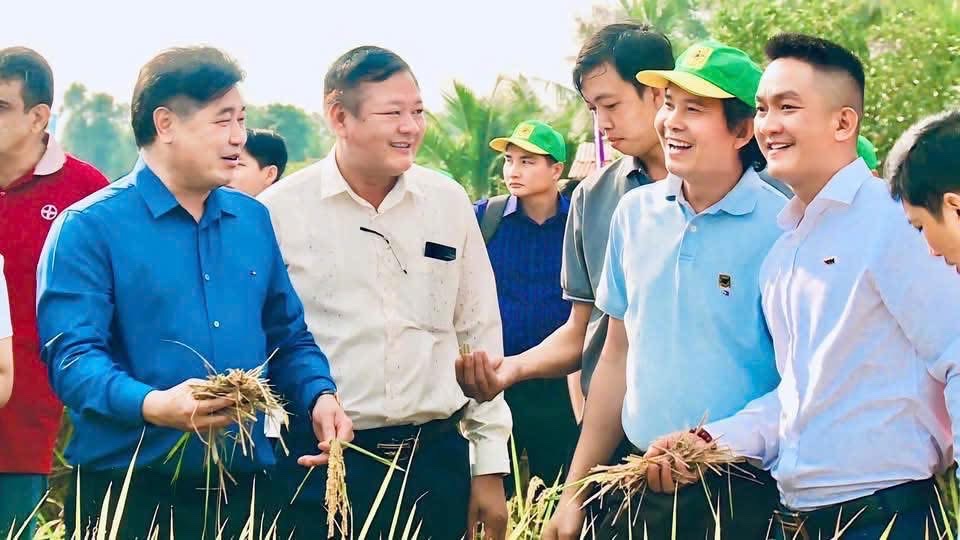
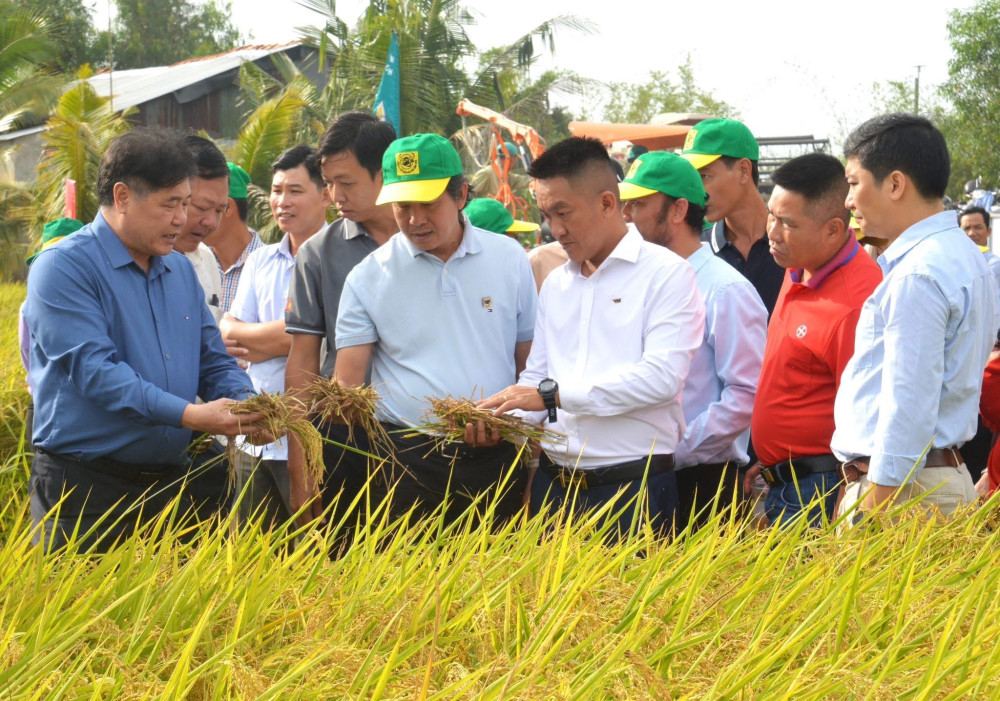
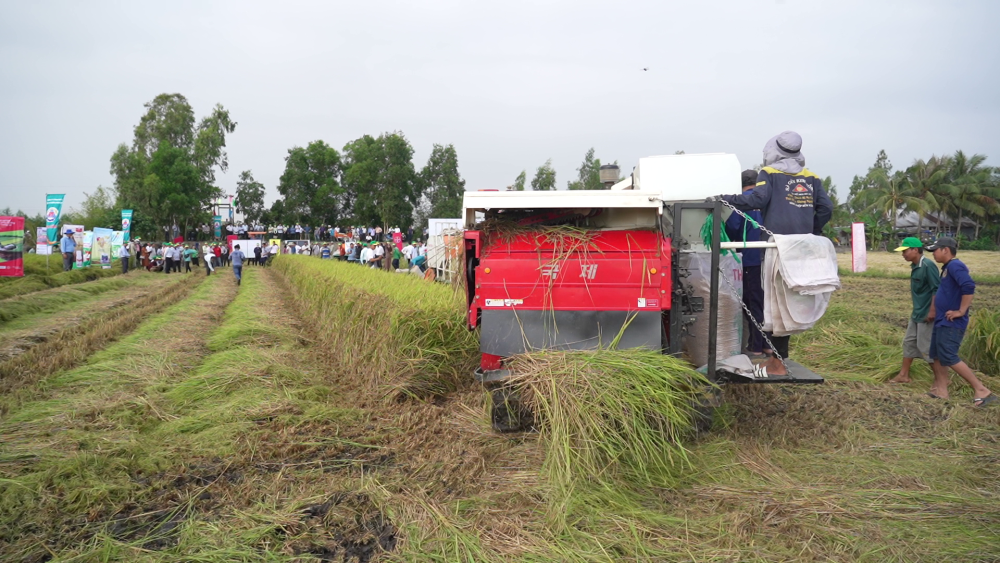
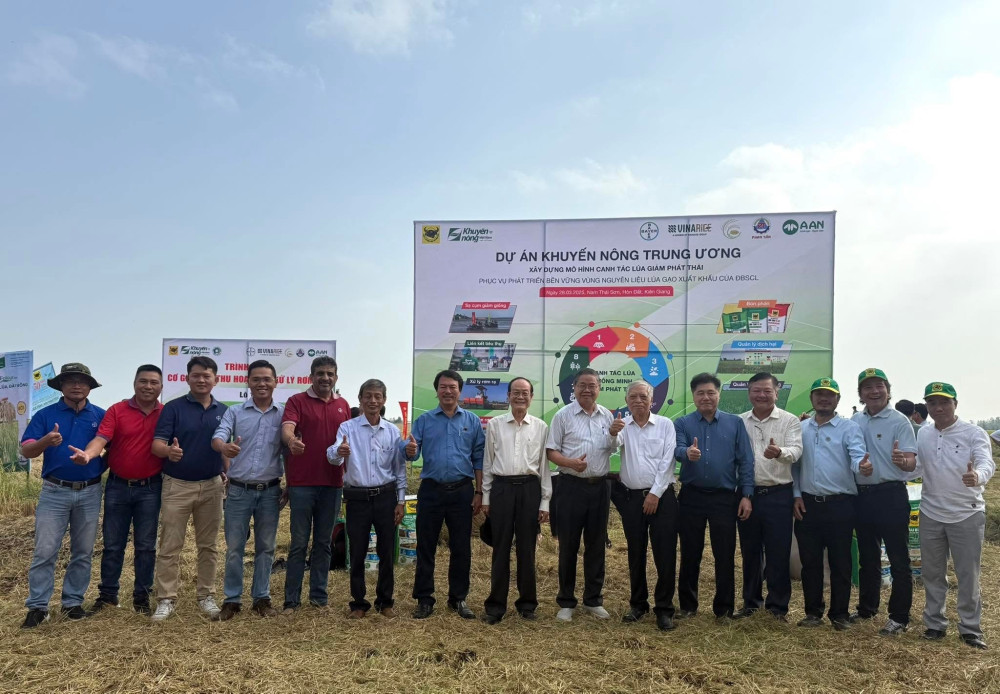

![[Photo] General Secretary To Lam visits exhibition of achievements in private economic development](https://vphoto.vietnam.vn/thumb/1200x675/vietnam/resource/IMAGE/2025/5/18/1809dc545f214a86911fe2d2d0fde2e8)
![[Photo] National conference to disseminate and implement Resolution No. 66-NQ/TW and Resolution No. 68-NQ/TW of the Politburo](https://vphoto.vietnam.vn/thumb/1200x675/vietnam/resource/IMAGE/2025/5/18/adf666b9303a4213998b395b05234b6a)
![[Photo] More than 17,000 candidates participate in the 2025 SPT Competency Assessment Test of Hanoi National University of Education](https://vphoto.vietnam.vn/thumb/1200x675/vietnam/resource/IMAGE/2025/5/17/e538d9a1636c407cbb211b314e6303fd)


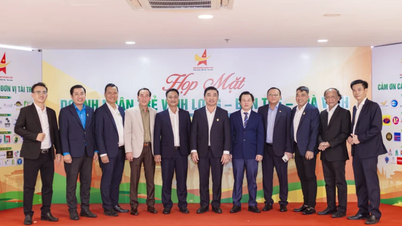

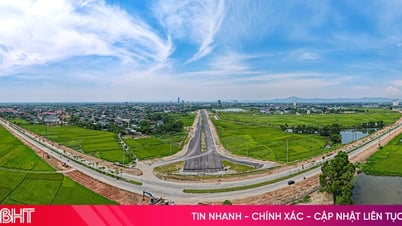

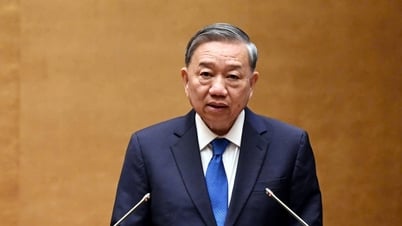

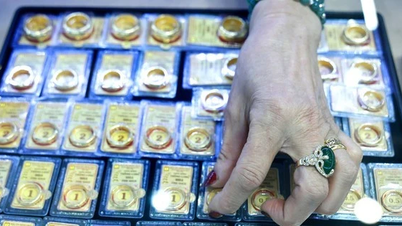

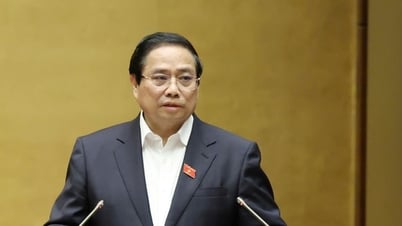

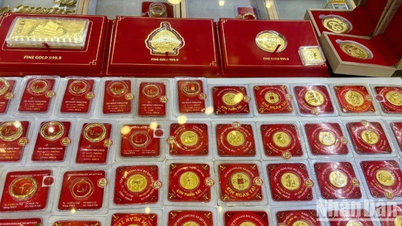





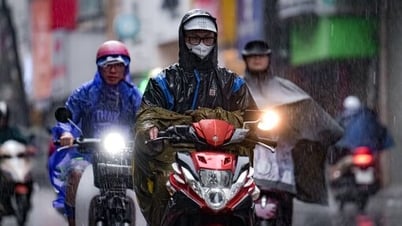
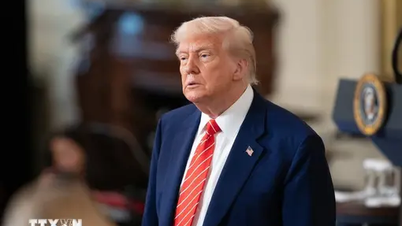
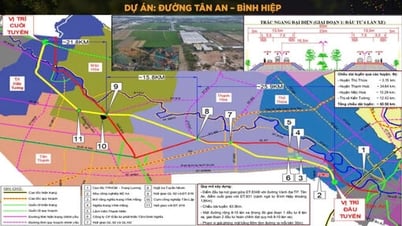

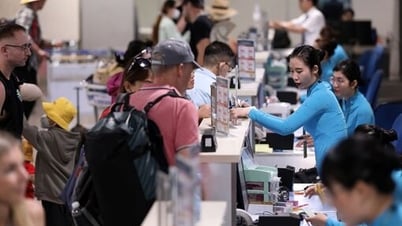
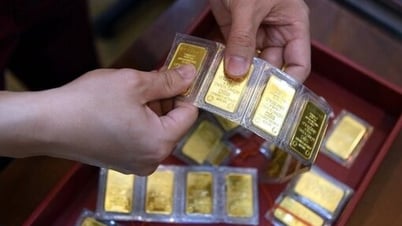
![[Photo] Prime Minister Pham Minh Chinh chairs meeting on science and technology development](https://vphoto.vietnam.vn/thumb/1200x675/vietnam/resource/IMAGE/2025/5/17/ae80dd74c384439789b12013c738a045)



























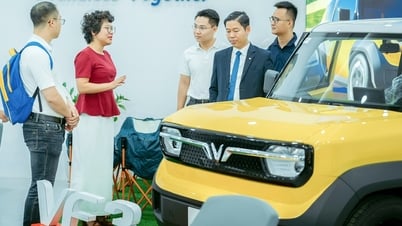


















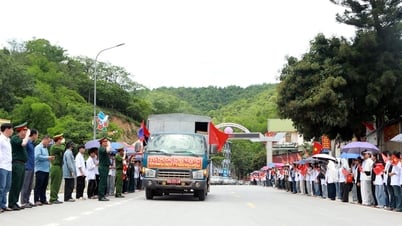

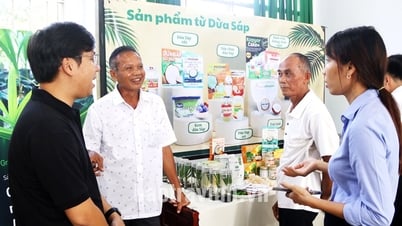



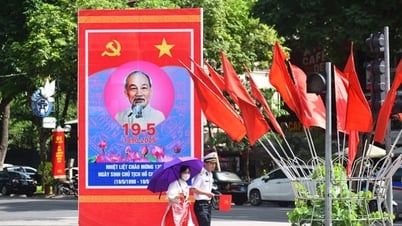









Comment (0)